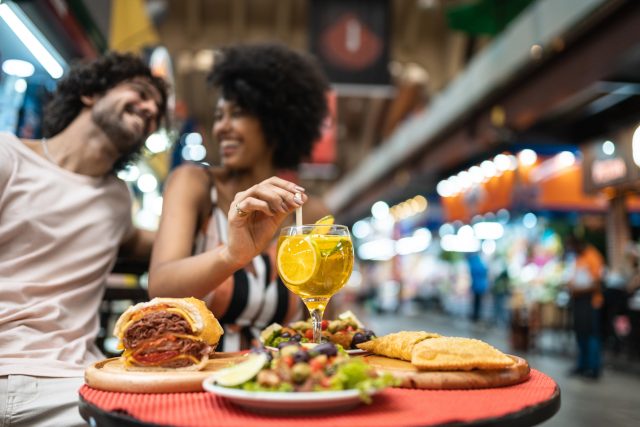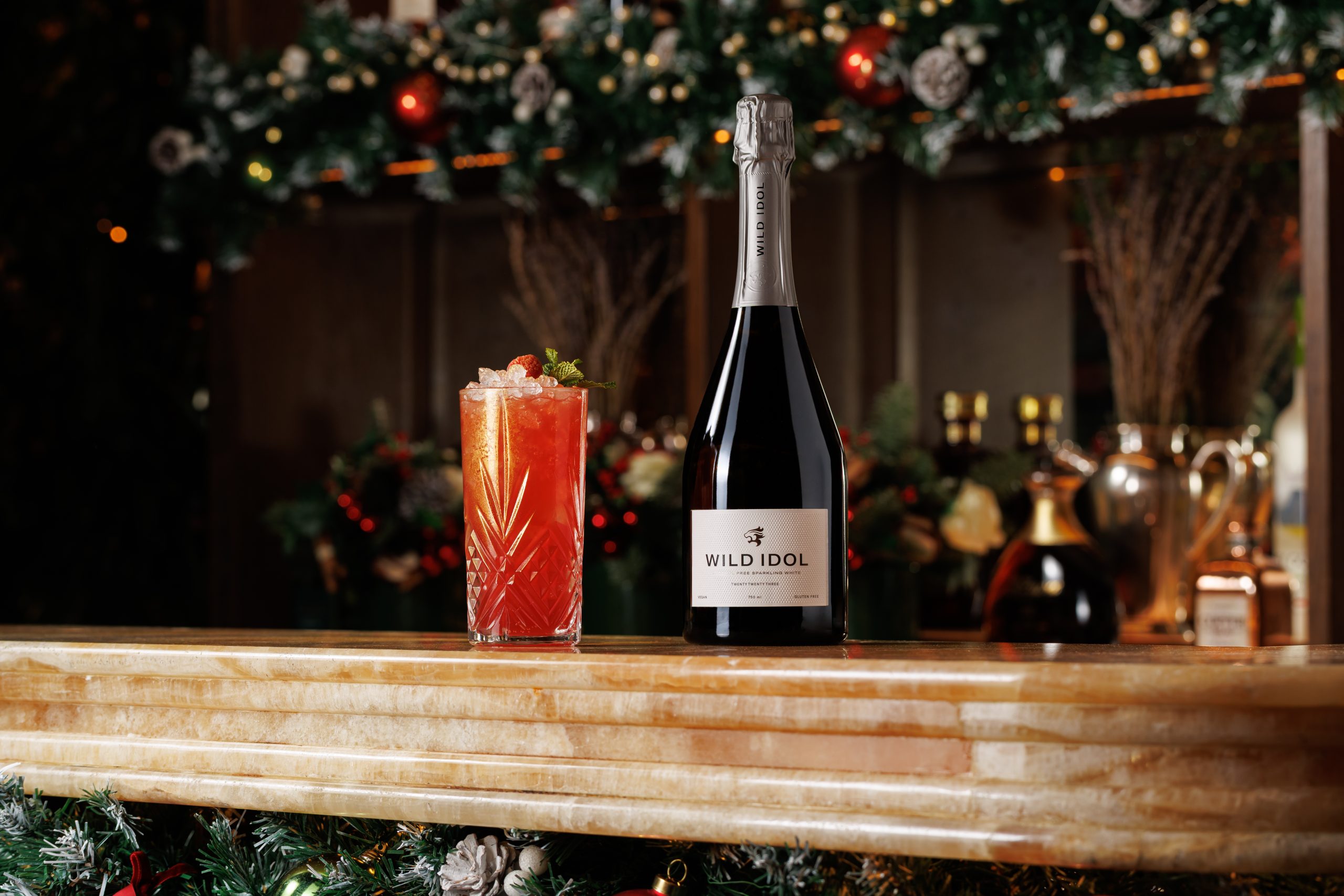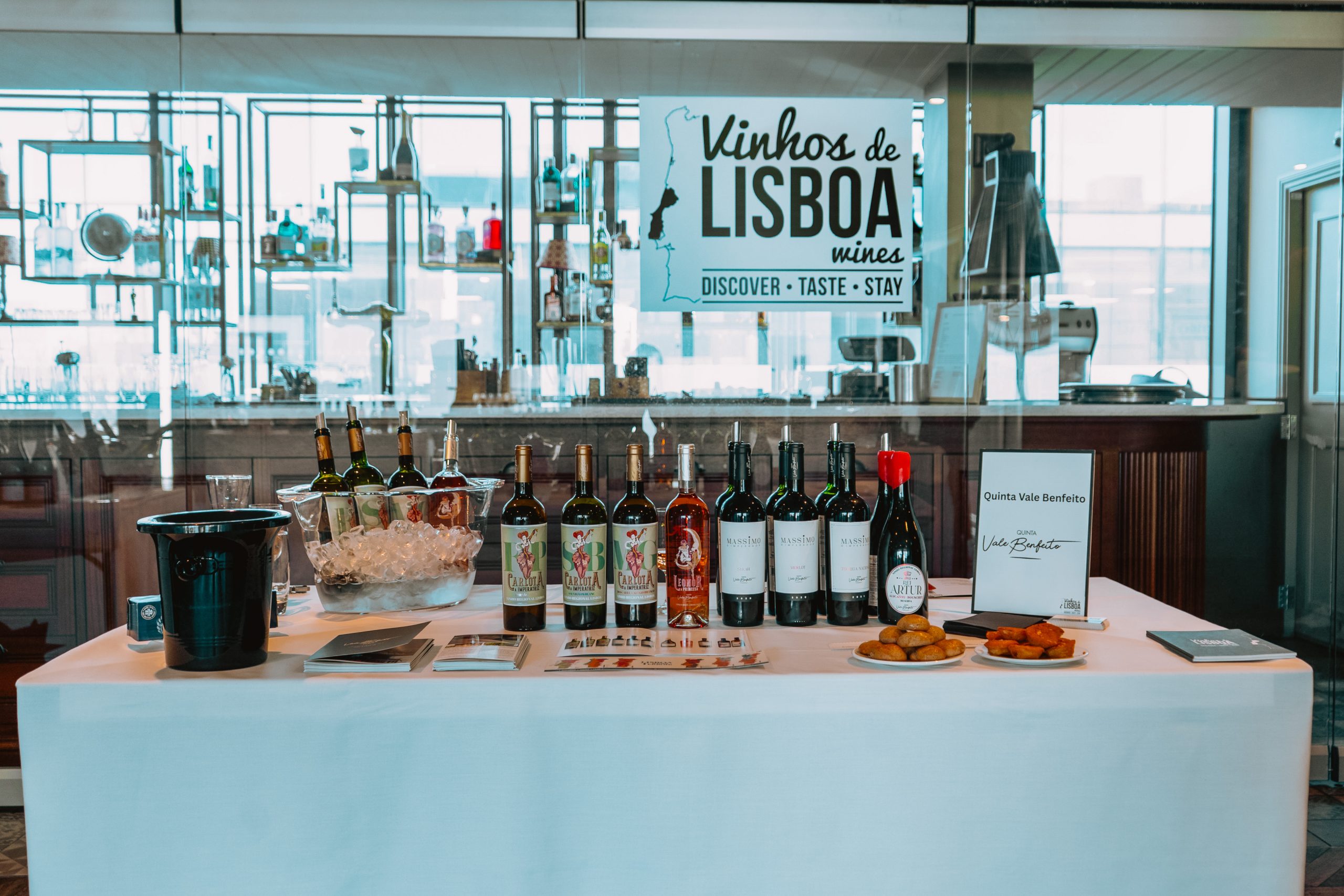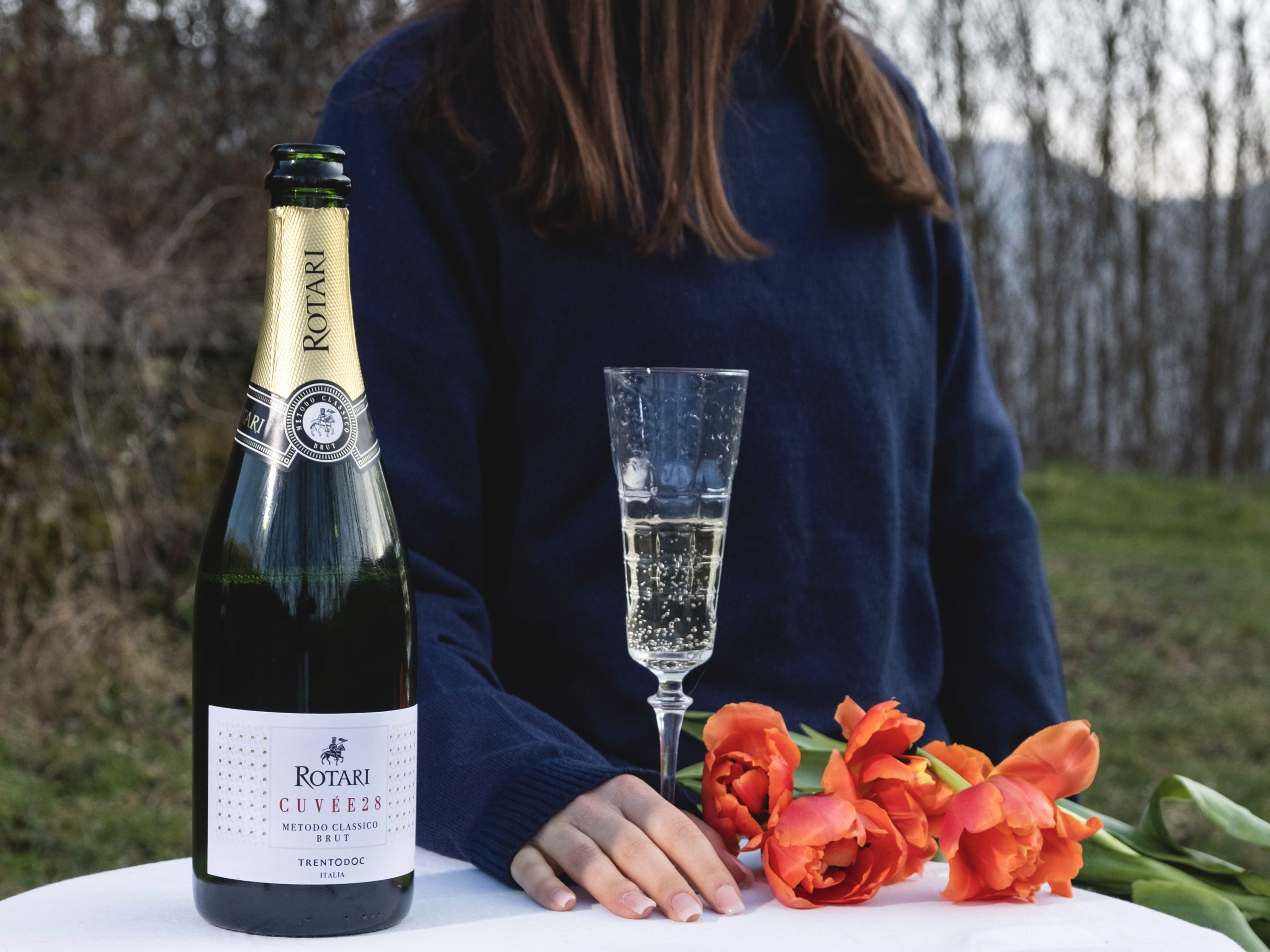US and Brazil propel no-and low-alcohol market growth
The category is set to soar by US$4bn by 2028, with the US and Brazil leading the charge in the sector.

The non-alcoholic beverage sector is poised for significant expansion, with projections indicating an increase exceeding $4 billion by 2028. This growth is predominantly driven by the US and Brazil, according to the latest no- and low-alcohol strategic study 2024 from IWSR.
The study examined ten key markets: Australia, Brazil, Canada, France, Germany, Japan, Spain, South Africa, the UK, and the US. Findings reveal that the non-alcoholic segment is set to lead the combined no- and low-alcohol market, with an anticipated compound annual growth rate (CAGR) of 7% in volume through 2028. In contrast, low-alcohol volumes are expected to remain relatively static.
In the US, the non-alcoholic category is projected to experience a robust 18% volume CAGR from 2024 to 2028. This surge is attributed to the diversification within non-alcoholic subcategories, such as non-alcoholic beer and ready-to-drink (RTD) products. Similarly, Brazil is expected to see a 10% volume CAGR in the segment, with growth primarily concentrated in the beer sector.
Demographic shift
The study also highlights a demographic shift, with younger consumers, particularly Gen Z and Millennials, increasingly gravitating towards non-alcoholic options. These age groups demonstrate higher frequency and intensity of consumption compared to older demographics.
Partner Content
Notably, Gen Z individuals reaching legal drinking age are more inclined to swap alcohol for non-alcoholic beverages, such as fizzy drinks and energy drinks.
The drinking “experience”
The report underscores the importance of taste, complexity, and overall drinking experience in driving consumer adoption of non-alcoholic beverages. As the category matures, consumers are seeking products that offer more than just the absence of alcohol, prompting brands to innovate and enhance quality and variety.
Such an evolution is evident in the rise of products seen in 2024 without added functionalities.
Ready-to-drink products are identified as having the fastest growth rate within the non-alcoholic category, with an expected 10% volume CAGR between 2024 and 2028, albeit from a lower base. Non-alcoholic beer is anticipated to see a 7% volume increase during the same period, continuing to lead future non-alcohol growth in absolute volume terms.
Related news
How to make a hot buttered rum
The most interesting conversations db had in 2025
Treasury Wine Estates plans leaner future amid US and China slowdown




